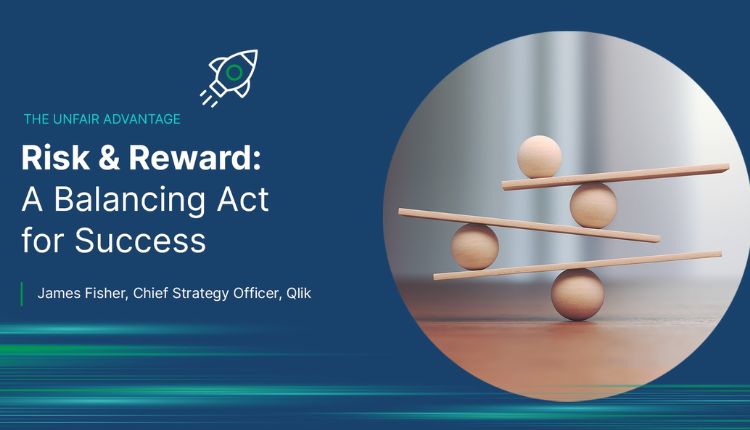Understanding the Energy Investment Landscape
The global energy sector is undergoing rapid evolution, driven by technological innovation, environmental policies, and shifting consumer demand. From renewable sources like solar and wind to advanced storage systems and smart grids, investors now face a broader range of opportunities than ever before. Understanding these trends is essential for identifying where long-term growth and sustainability intersect, especially as countries and corporations commit to cleaner energy futures.
Strategic investment in energy requires analyzing risk, regulation, and market readiness to ensure optimal outcomes. Investors seeking to diversify their portfolios should consider both emerging technologies and established infrastructure projects to strike a balance between stability and innovation. To gain in-depth insights, data-driven forecasts, and expert guidance on navigating this complex sector, click here to learn more about the evolving energy investment landscape and the opportunities shaping its future. Staying informed today can help investors make smarter, more resilient decisions for tomorrow.
Key Strategies for Balancing Risk and Return
Diversification Across Energy Sources
Diversification is crucial in energy portfolios, as it insulates investments from sector-specific downturns. By allocating capital across traditional and renewable sources, investors can mitigate exposure to the volatility of any single market. For example, pairing stable cash flows from natural gas with the growth potential of wind or solar creates a buffer against market shocks and evolving fuel costs. This approach not only moderates portfolio risk but also opens up new streams of return in an increasingly decarbonized world.
Incorporating Flexible Assets
Flexible assets, such as energy storage systems or demand response capabilities, are crucial for managing the intermittent nature of renewable energy sources. These assets stabilize supply and demand, mitigate the risk of revenue shortfalls, and provide grid reliability. Major industry reports highlight how storage is transforming the investment profile of renewable energy by diminishing price volatility and supporting grid integration.
Utilizing Advanced Risk Assessment Models
Modern energy portfolios utilize quantitative tools such as Conditional Value-at-Risk (CVaR) and multi-stage stochastic optimization. These models allow investors to stress-test outcomes under varying market, policy, and operational scenarios. As market complexity grows, such data-driven insights are crucial for making informed, resilient, and return-focused investment decisions. These approaches elevate risk management from mere compliance to a source of strategic advantage.
Addressing Sector-Specific Risks
Managing Aging Infrastructure
Many global energy infrastructure components now exceed their planned lifespan, making it increasingly important to ensure operational efficiency. Implementing upgrades, repowering, and predictive maintenance helps protect asset value and reduces the risk of unexpected failures or inefficiencies. These proactive infrastructure strategies are especially critical for utilities and grid operators as they manage aging assets while expanding into renewable energy sources.
Navigating Regulatory Changes
The regulatory landscape for energy investments is dynamic. Shifts in tax incentives, emissions mandates, and grid access rules can drastically alter project economics. For investors, regulatory acumen is vital, both in terms of compliance and anticipation—for example, designing projects with built-in flexibility or leveraging partnerships that provide local regulatory expertise. Remaining agile is essential to both capitalize on new policies and adapt to risks.
Leveraging Technological Innovations
Technological innovation—from advanced energy management systems to smart grids and digital twins—is revolutionizing risk assessment and operational efficiency in energy projects. These innovations enable real-time monitoring, predictive analytics, and remote control, reducing unforeseen downtime and improving asset optimization. Investing in projects that implement such digital systems strengthens the predictability of returns while future-proofing portfolios against disruptions.
Conclusion
The evolving energy market demands a sophisticated, multi-level approach to risk and return. Balancing strategic diversification, asset flexibility, advanced modeling, robust infrastructure planning, and innovation yields not only resilience but also unlocks the path to sustained value creation. As the energy sector continues to innovate, informed, agile investors are best positioned to secure strong, long-lasting returns.

